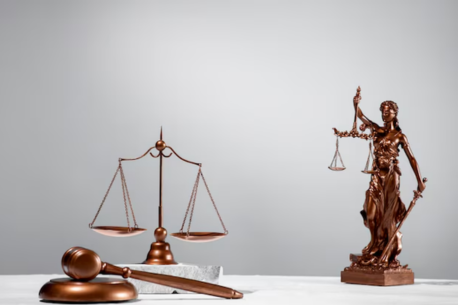Property Owners Association v. State of Maharashtra, 2024 (SC) 855

FACTS: The main contention raised by the appellants and other intervenors was that the term 'Material Resource' under Article 39(b) is to be interpreted as any resource which is capable of generating wealth - through goods or services for the larger good of the community. If the intention of the law was to include private resources within the meaning of 'Material resources', the drafter would have done so in order to avoid any possible future misinterpretations. There are various forms of resources, which may be privately owned, and inherently have a bearing on ecology and/or the well-being of the community. Such resources fall within the net of Article 39(b). To illustrate, non- exhaustively, there may exist private ownership of forests, ponds, fragile areas, wetlands and resource-bearing lands. Similarly, resources like spectrum, airwaves, natural gas, mines and minerals, which are scarce and finite, may sometimes be within private control. The batch of petitions initially arose in 1992 and was subsequently referred to a nine-judge bench in 2002. After more than two decades of being in limbo, it was taken for a hearing in 2024.
Issue: whether material resources of the community under Article 39(b) (one of the Directive Principles of the State Policy), which states that the government should create policies to share community resources fairly for the common good, includes privately owned resources.
Observation: The majority disagreed with the view expressed by Justice Krishna Iyer in State of Karnataka v. Ranganatha Reddy (1978) 1 SCR 641 that private properties can be regarded as community resources. Also, the judgment in Sanjeev Coke Manufacturing Company vs. Bharat Coking Coal Ltd. and Anr. (1983) 1 SCR 1000 which endorsed Justice Iyer's view was held to be erroneous.
The Supreme Court by a majority of 7:2 that all private properties cannot form part of the 'material resources of the community' which the State is obliged to equitably redistribute as per the Directive Principles of State Policy under Article 39(b) of the Constitution. It held some private properties may come under Article 39(b) provided they meet the qualifiers of being a 'material resource' and 'of the community'. The bench also unanimously held that Article 31C to the extent it was upheld in Kesavanda Bharati remains in force.
The bench also highlighted that the interpretation of Article 39(b) should be from the standpoint of the ever-expanding constitutional principles and not any ideology. In terms of understanding a resource, the Union urged that it is a community's dynamic interactions that mould the meaning of 'Material Resources'. In a community, different individuals have different interactions and business transactions. This makes the sum total of a community's wealth, to which each individual through its economic interactions contributes. Thus 'resource' under Article 39b means a common economic base.
The seven-judge bench in the present matter stated that this interpretation of Article 39(b) required to be reconsidered by a Bench of nine learned Judges. It held– that "We have some difficulty in sharing the broad view that material resources of the community under Article 39(b) covers what is privately owned." Accordingly, the matter was referred to a nine-judge bench in 2002.
